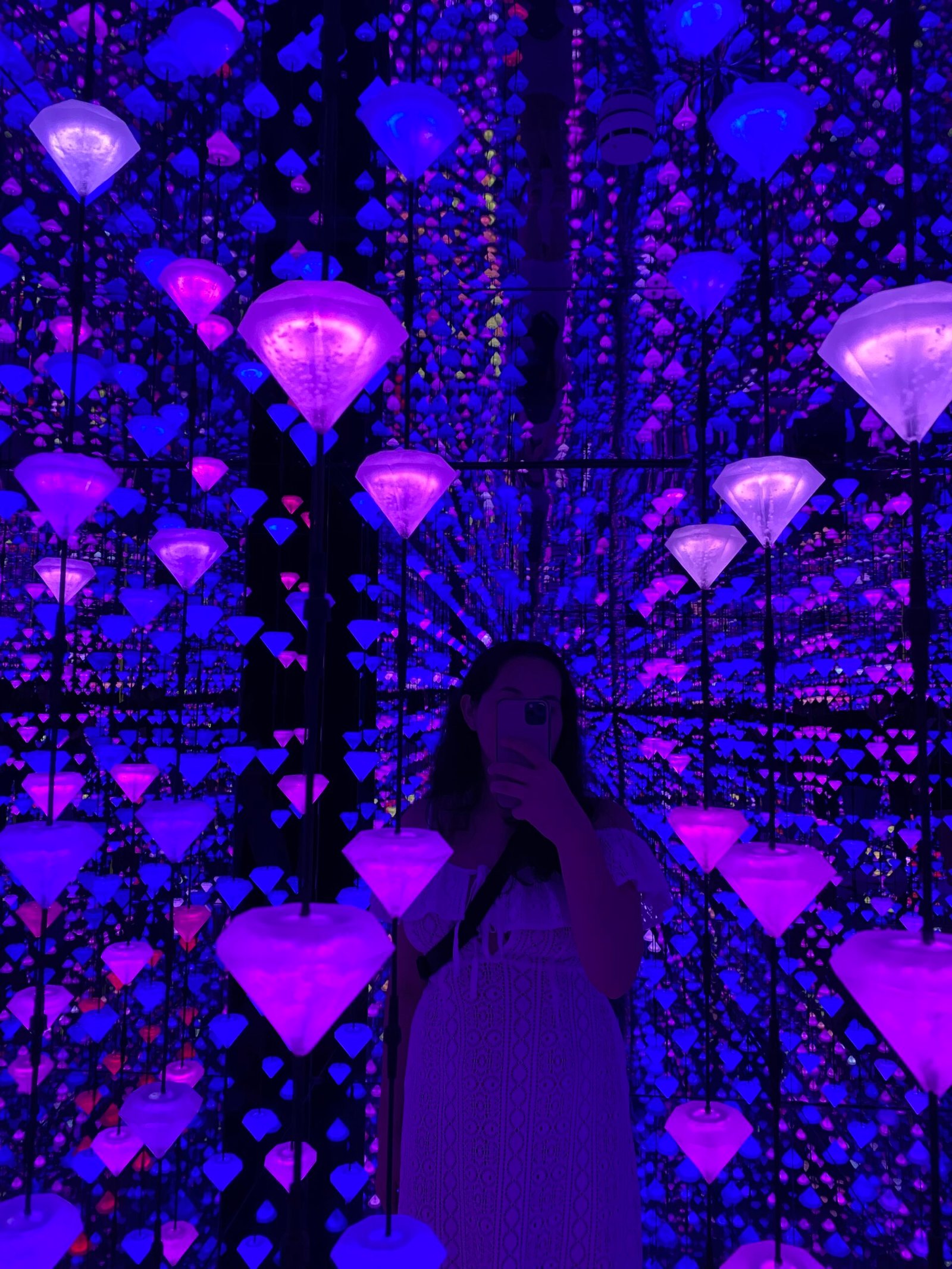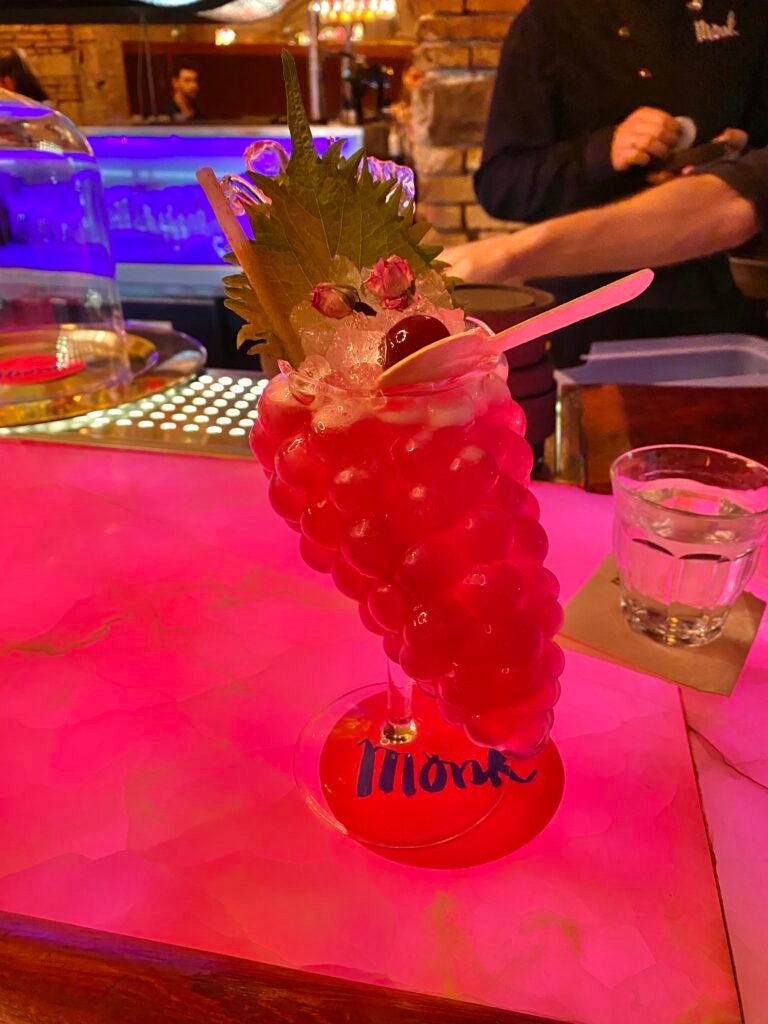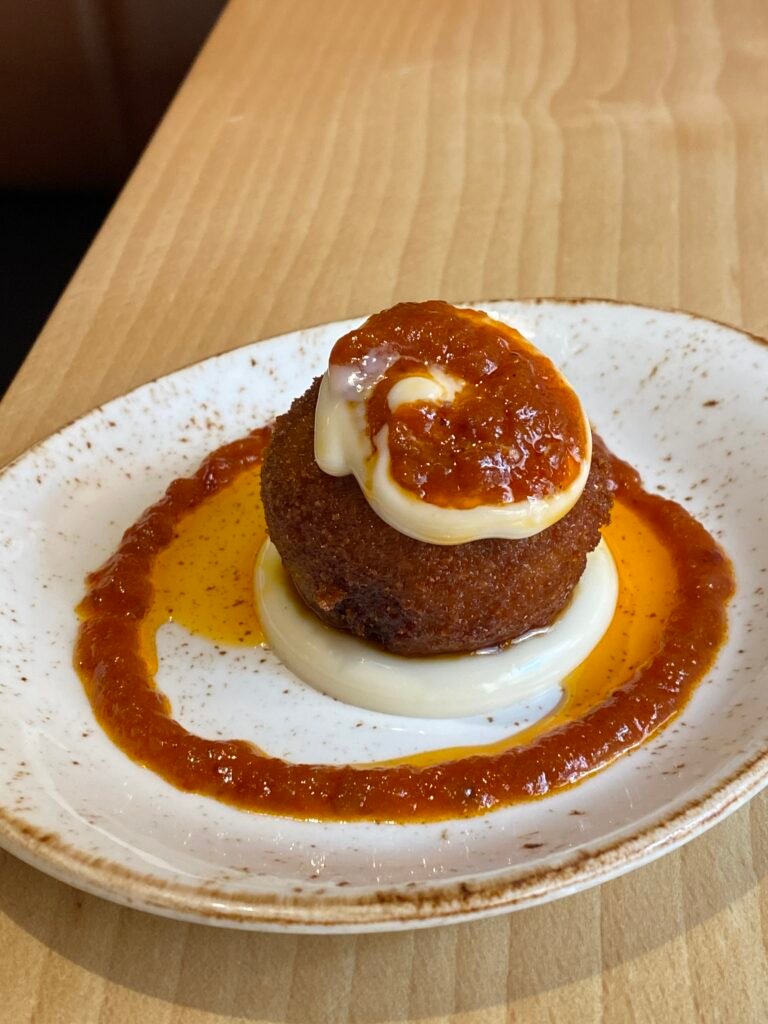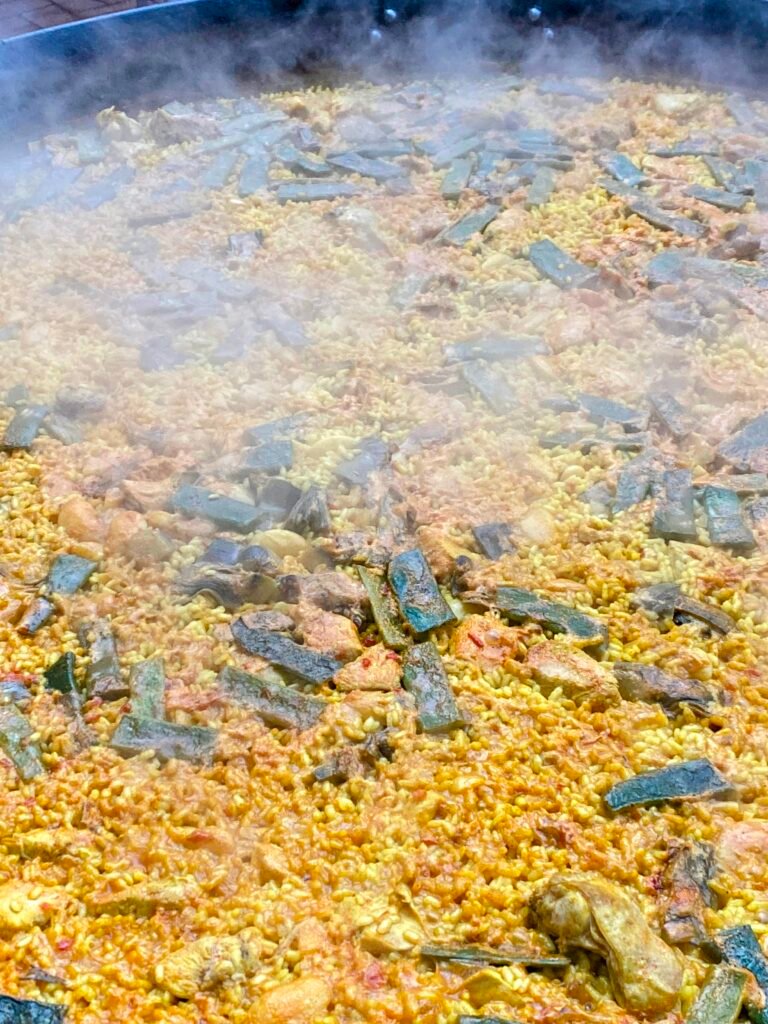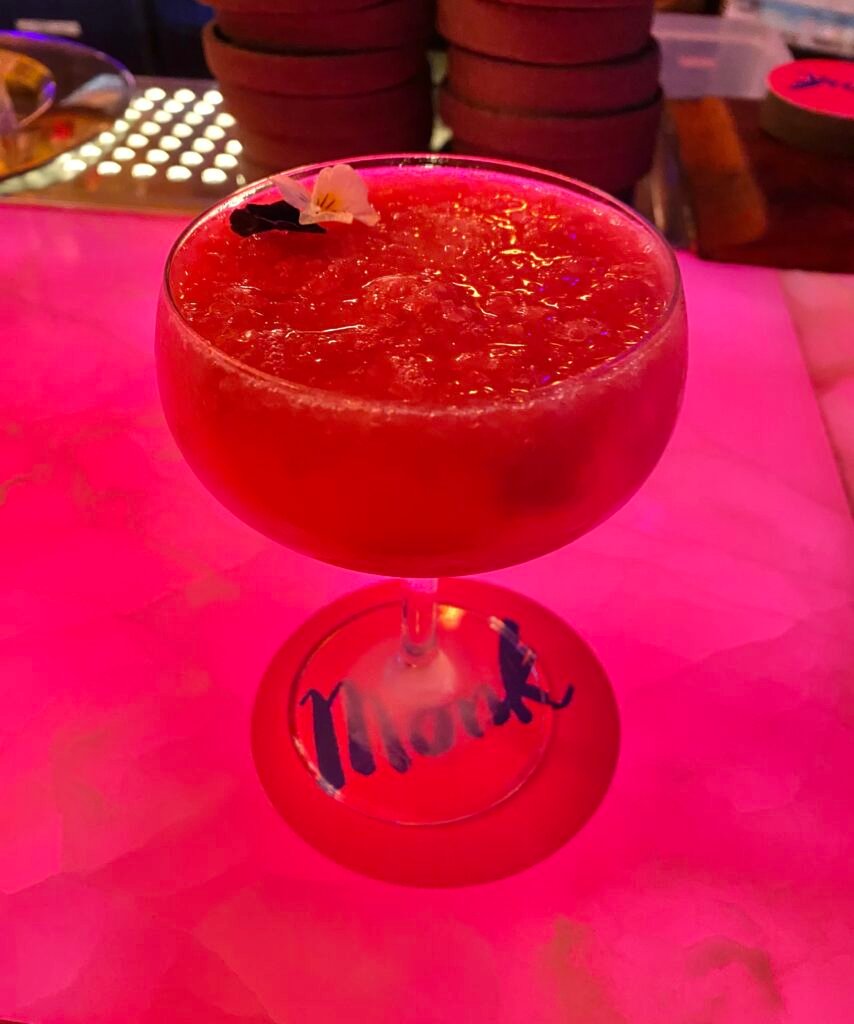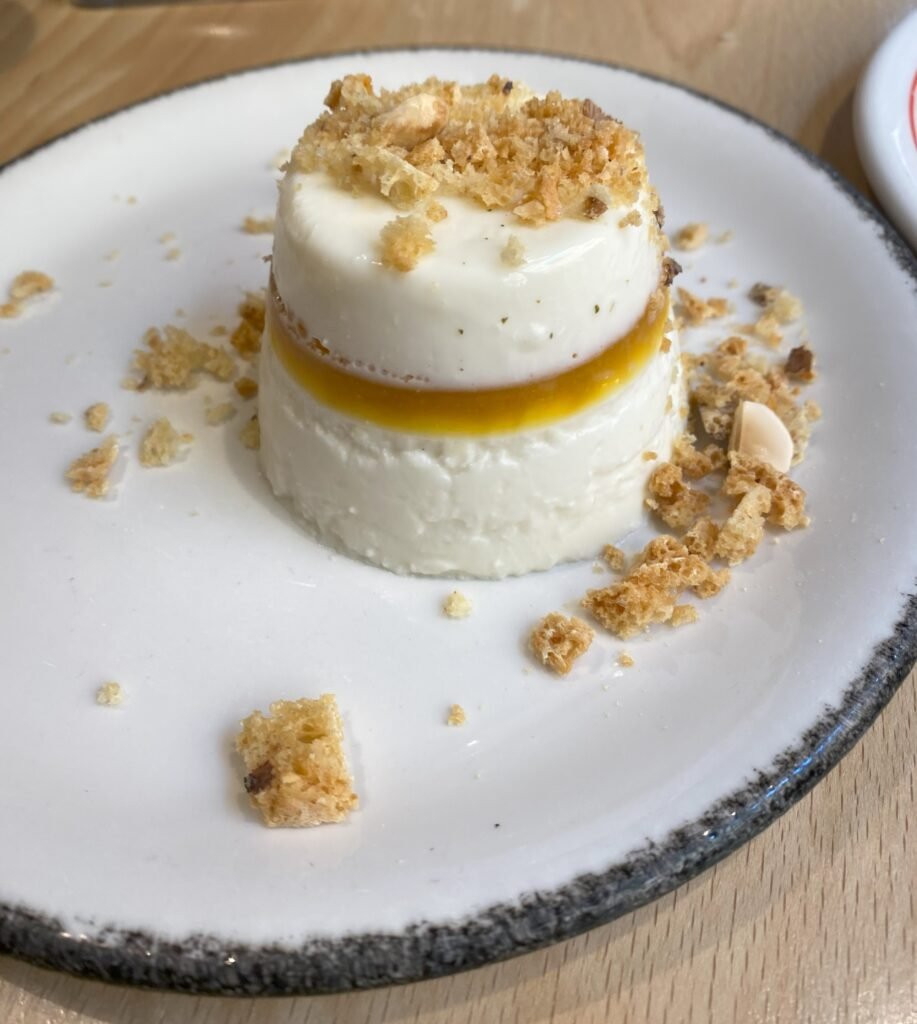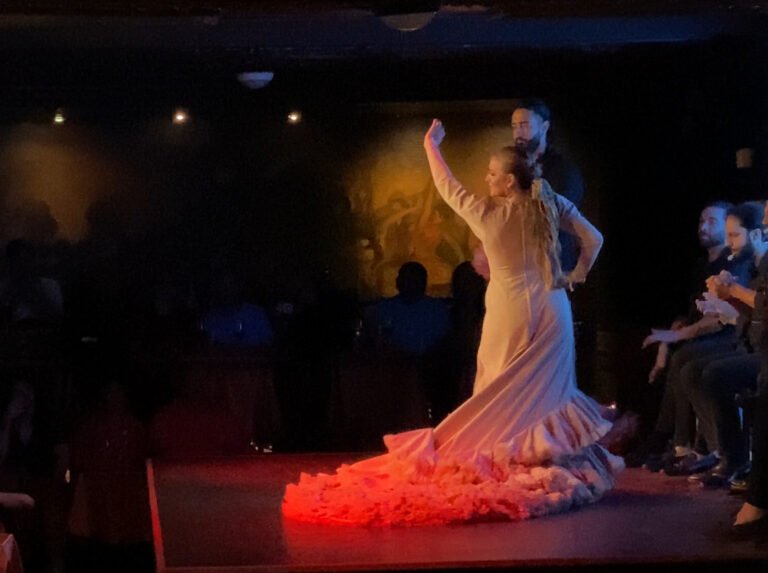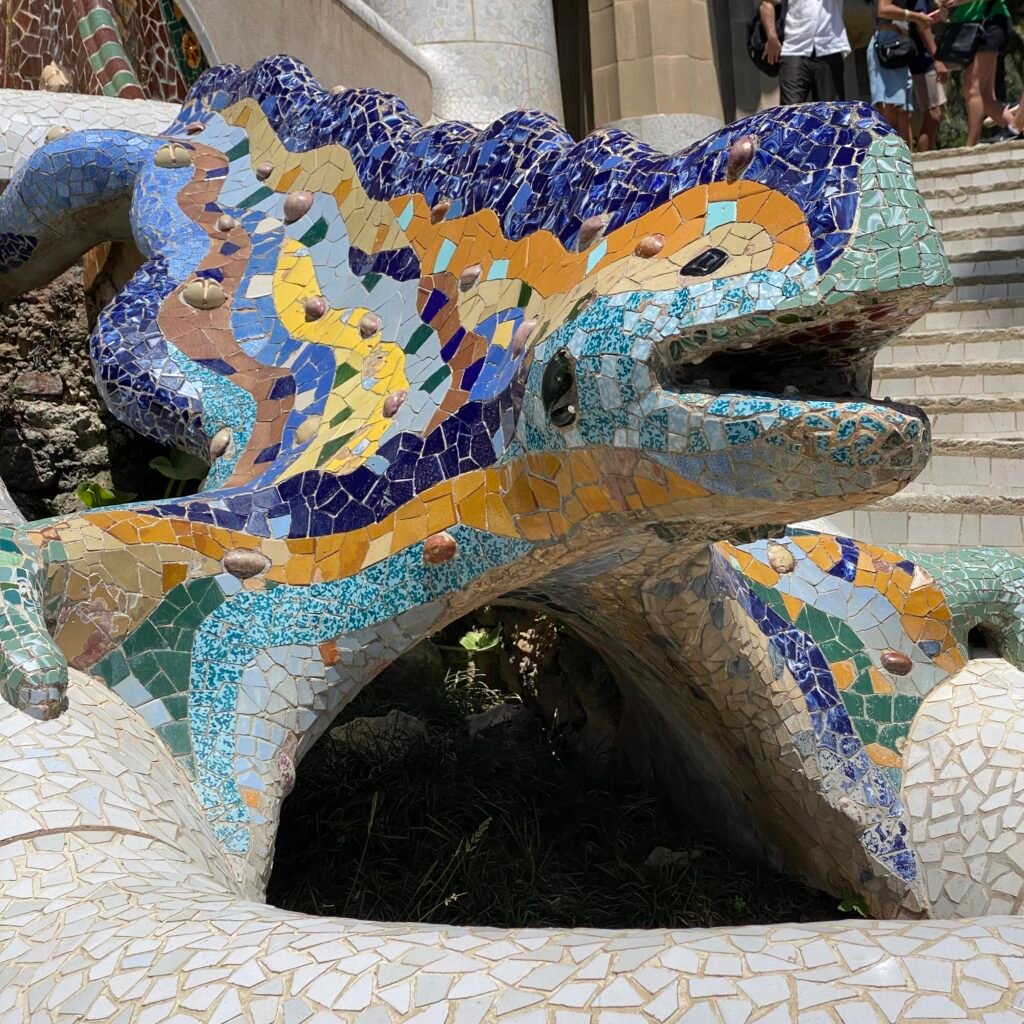
Barcelona, the capital of Spain’s Catalonia region, is known for its art and architecture – particularly works associated with Gaudi. The city is sprawling, and there’s so much to do and see, but here’s what I managed to get around to in my 3-day stay. If you’d like to know the actual order I visited things in, check out my wanderlog guide!
If you’re travelling solo like I was, be aware of your surroundings. Keep your belongings secure and don’t take your valuables with you to crowded places if you can avoid it.
Where to Stay
Wherever you stay, Barcelona has a tourist tax that you’ll have to pay at your accommodation for the first week of your stay.
Hostelworld is a great site to use if you’re looking for budget accommodation options.
If you’re a fan of partying, I recommend staying at St. Christopher’s Inn. There are social events each day allowing you to make friends easily. These involve activities like paella cooking & wine tasting. Guides will also take groups to a different night club each night to experience the Barcelona nightlife. Located in Las Ramblas, a central location known for its liveliness, with many markets & restaurants. It’s close to public transport with bus stations and a metro station right in front of it making it easy to get to all of Barcelona’s biggest attractions.
Getting around Barcelona
For transport, I used a Hola Barcelona travel card. It gives unlimited access to the entire public transport network for however many days you choose (up to 5 days) which starts from the first time you use it. This made travel convenient in a city as big as Barcelona. You can also buy in combination with the Barcelona Card – this ends up being cheaper for each of them too. You can purchase the cards from many tourism websites like Get Your Guide but I just bought them at a tourism office. I think this ended up saving me a couple of dollars.
Food & Drink
Spain is famous for its tapas. So they’re a must-try among big groups and can be found in almost all local cuisine eateries.
St. Christopher’s Inn’s also ran a Paella night. Paella is a Spanish rice dish that often includes seafood cooked in a large shallow frying pan.
Check out Wine Not Barcelona Wine Tastings for an experience full of dancing, music and wine tasting on a rooftop. They often host sessions that include salsa lessons or paint & sip sessions!
While in Las Ramblas, I had dinner with a group of friends at The Wolves Cave. It’s a bar part of a fancy hotel with interesting decor and a great selection of tapas & live music.
On my last day, I came across a small cupcake and cava store called La Cava Cakery. It’s a cute spot for a sweet treat while walking around the city.
Monk Bar
This place gets a special mention because I love a hidden bar and this one blew me away! The entrance looks like your everyday convenience store but then you’ll be led through a door to the real bar, with speakeasy vibes and a delectable cocktail menu.
It has a small capacity, so you may have to have to join a queue but its well worth the wait. It seems to be less busy during the late afternoon.
Along with great customer service and bartenders making a show of crafting drinks, they also give you a couple of souvenir stickers to take home.
Barcelona Museums
A Barcelona Card allows entry to multiple museums – you can view the full list of what it allows entry to here. A lot of museums are located close to each other so its easy to hop between them and visit many. Here are the one’s I visited below:
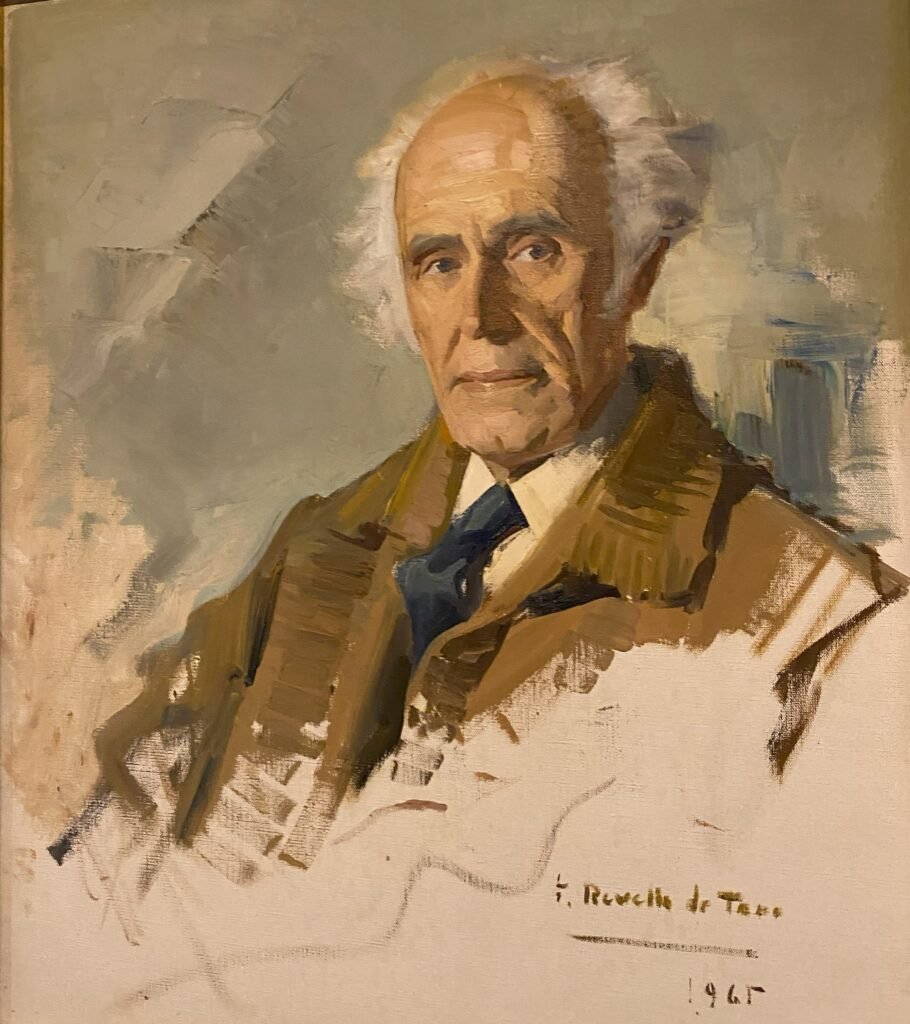
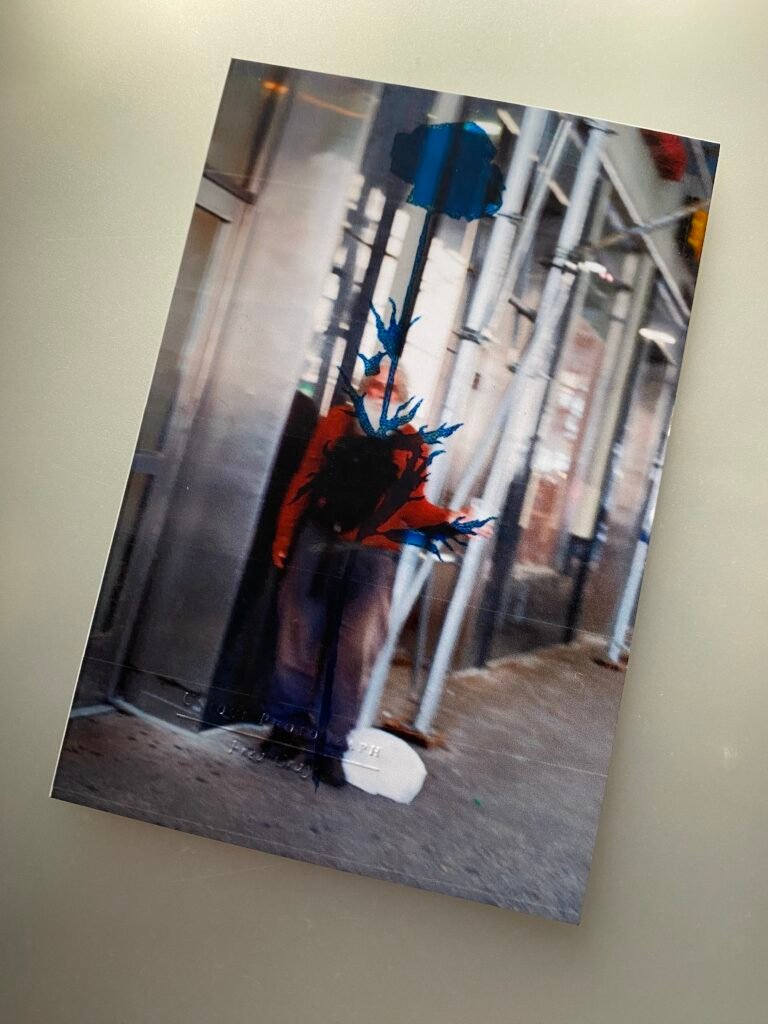
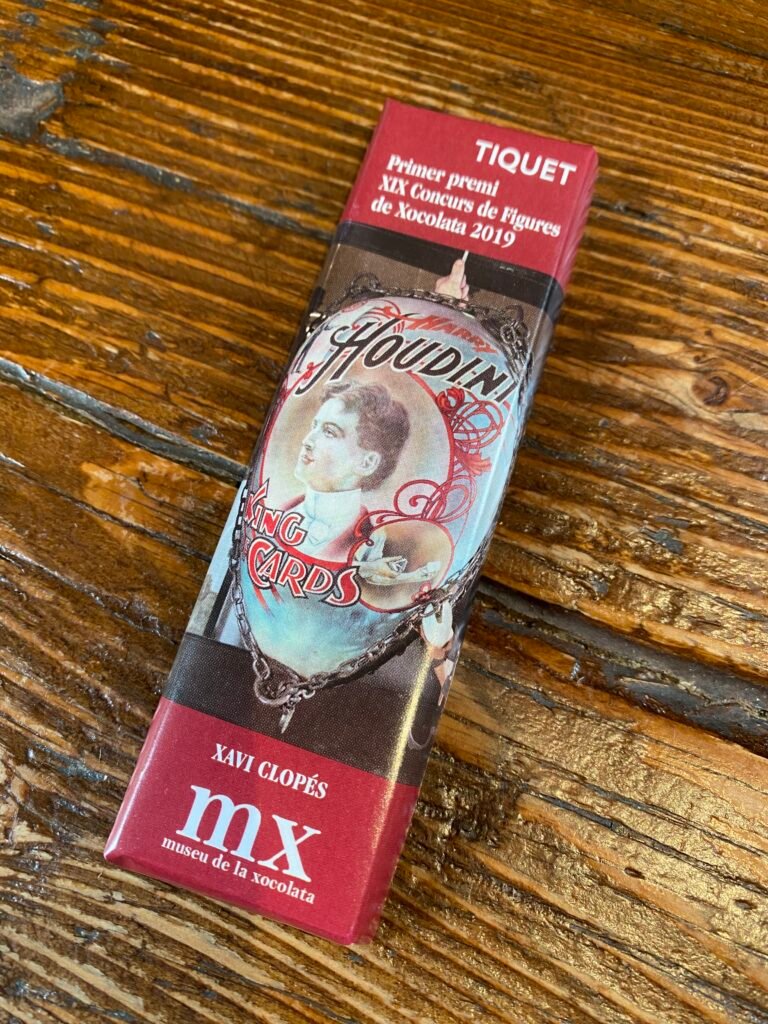
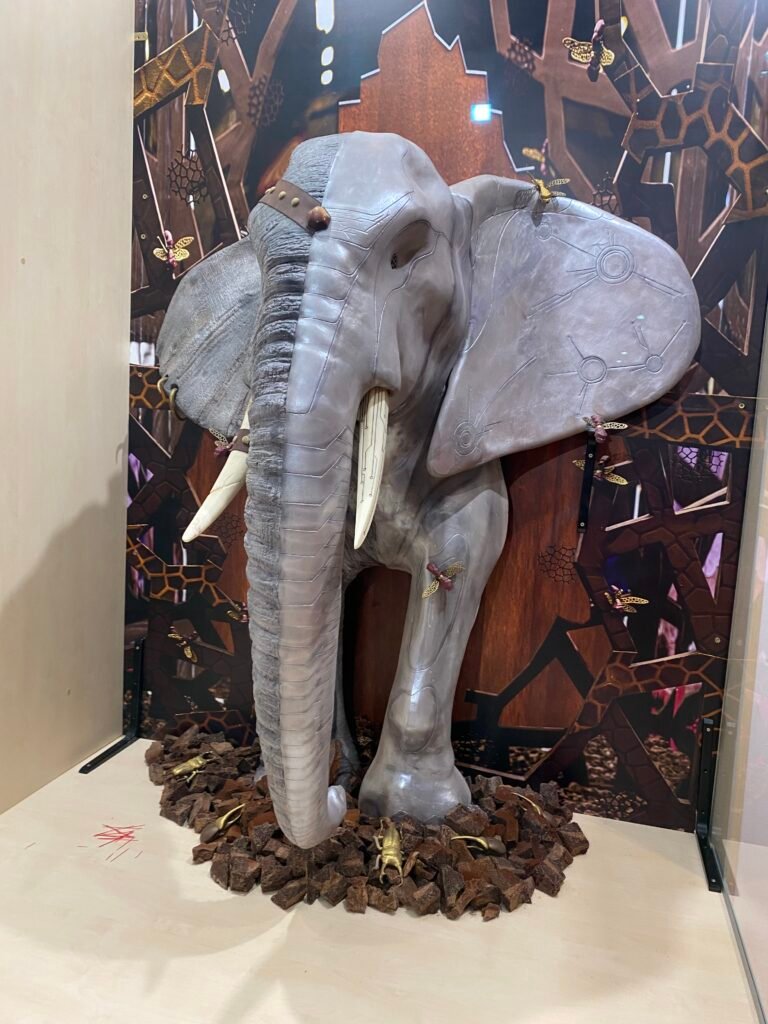
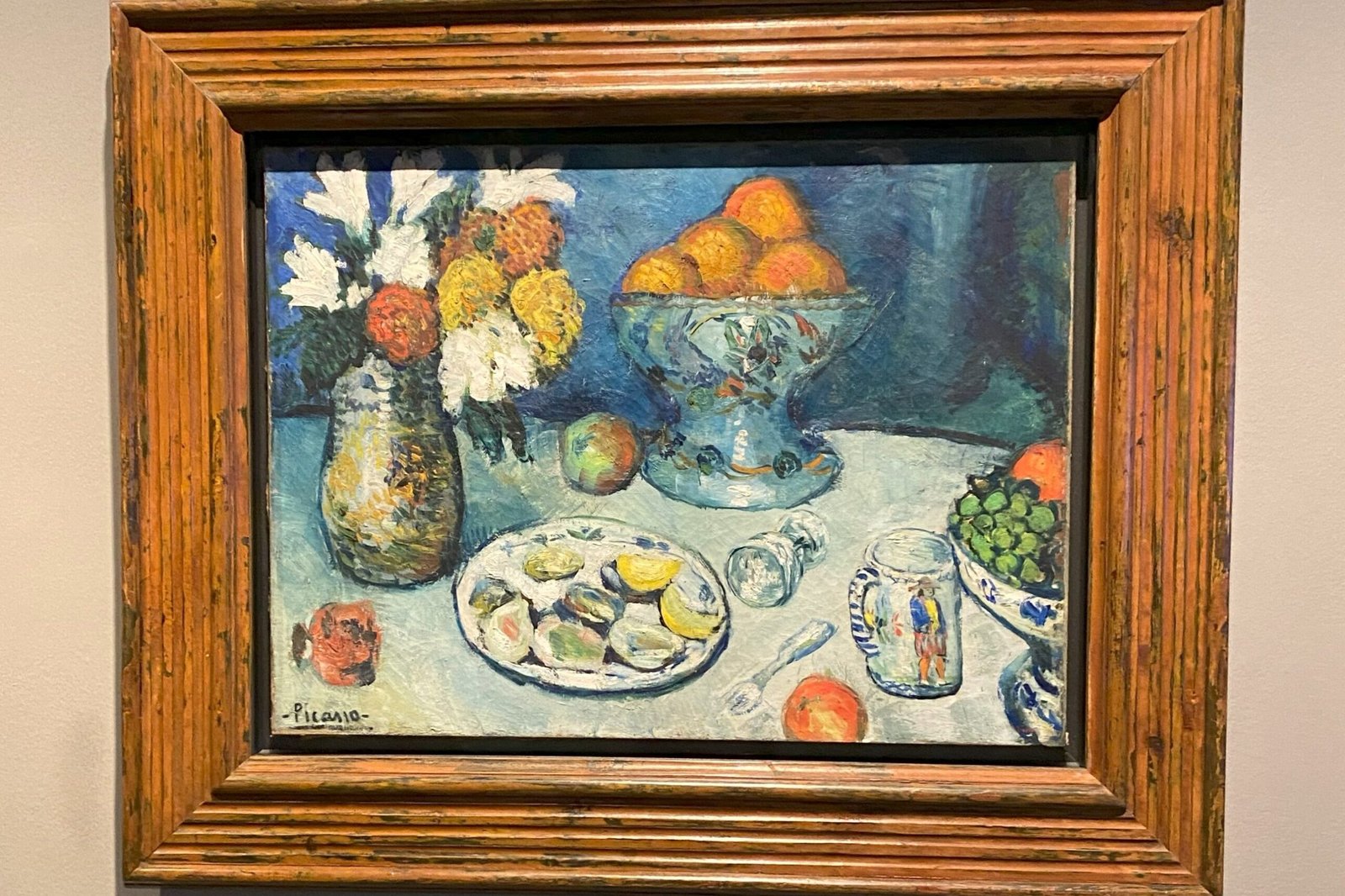
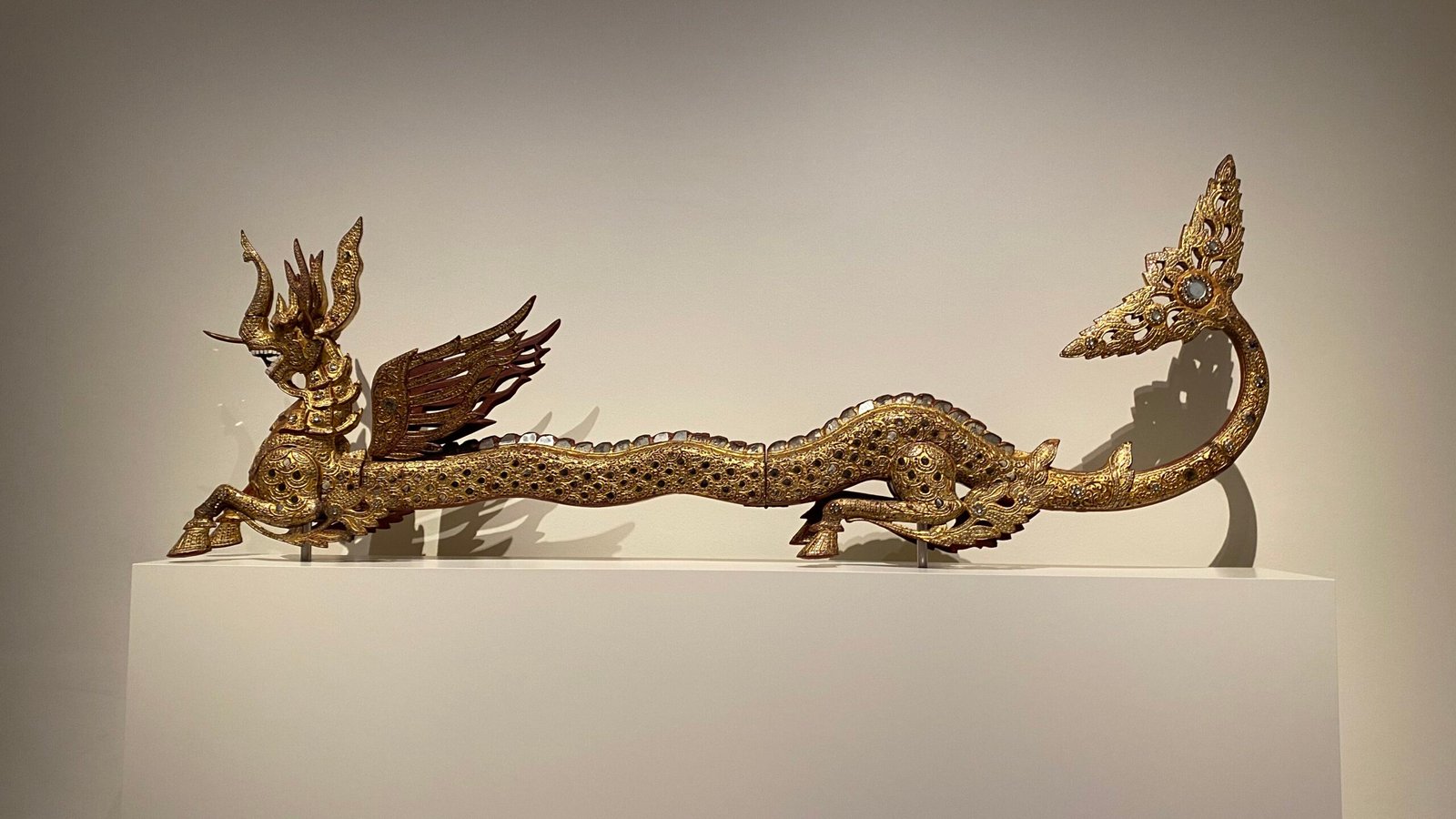

Frederic Mares Museum
Frederic Mares was a sculptor and collector, who focused on medieval christian art. The museum is full of eccentric sculptures and large antique collections.
I recommend this museum if you’re into curious art, and you want a quiet visit, as this museum didn’t have many people wandering through.
There was a unique moment in my journey discovering a piece of art left behind by a wandering artist, Fred Cray, while grabbing a programme for the artist’s study. I thought the photo was a brochure, but then I noticed the stamp! It goes to show you never know what you’ll find when exploring.
Museu de la Xocolata
Made up mostly of chocolate sculptures and a small exhibit that explains chocolate’s place in history and the process of making it. The entry ticket is a small chocolate bar! There’s a cafe at the entry and exit of the museum, so you can also shop for a sweet souvenir or enjoy a chocolate drink or two.
Picasso Museum
Pablo Picasso is one of the world’s most famous artists and this museum displays his works in chronological order while providing information on his life and career.
I knew of Picasso’s abstract art, as much of it appears and inspires pop culture but I didn’t realise how experimental he was with a range of art methods like ceramics and sculpture.
Ethnological Museum
This was also one I popped into because it was next to the Picasso museum. An interesting small museum about indigenous populations around the world – it holds some relics donated by members of those groups or by others trying to revive mostly forgotten traditions.
For the fellow kiwis, Maori culture did have its own small section. There wasn’t much but a few panels from a marae and one or two carved items but what I loved was how our country appeared on the map – as ‘Aotearoa’!
Moco Museum
While small, Moco is a modern art museum filled with pop culture references and sculptures. I visited just as the Robbie Williams exhibition had opened.
This was probably my favourite out of the museums I visited due to how interactive it is. My favourite spot was the light display in a mirrored room – it reminded me of the infinity mirror room in Bilbao, but there’s no time limit on seeing this one.
There’s also a lot of works from Banksy, with certain sections dedicated to the notorious street artist.
There is also a Moco Museum in Amsterdam, with many similar exhibits.
Gaudi’s works in Barcelona
It’s best to buy tickets to these places online well in advance as entry tends to sell out each day and you can avoid the queues to buy them at the entry.
Sagrada Familia
The most famous of Gaudi’s works. This large cathedral is still being worked on to this day and is looking to be finished in 2026.
This is the one you need to be booking far in advance. The entrance fee alone starts at €67.85, but you can also add on access to the towers and tours. Your entry will be allocated a time slot that you must turn up within half an hour of, but you can stay inside the cathedral as long as you like.
If it is raining or windy, there is no access to the towers on the sides of the building. So, if you book the tour and this happens, you will be refunded the extra amount you paid.
The best time to visit is around the late afternoon if you want to see the sunlight come through all the colourful stained glass windows. If you want to avoid the crowds as best you can then early morning or towards the end of the day is best.
Casa Batllo
There are three tiers of entry – Blue, Silver & Gold. Time of entry can also affect the price. The Blue tier starts from €33. This option is great if you’re just there to see what its all about with an audio tour included.
The other tiers grant access to an extra room and another cafe but I didn’t think it was necessary unless you are a true fan of Gaudi or want to spend a lot of time here.
A lot of the work in Casa Batllo is inspired by the sea & its creatures. From waves to shell patterns, each room and its details are truly unique.
There’s a photo opportunity about three quarters of the way through the tour, to take a photo on one of the external balconies near the top of the building.
Take a break during your walk around and enjoy a drink and a bite to eat at the rooftop cafe.
While I visited, the Cube was also being presented in the basement. This was a 360 degree display of augmented reality art inspired by Gaudi’s works.
Parc Guell
This is the cheapest of Gaudi’s attractions, with an entry fee only for tourists around €18. Once you are inside there is no time limit for staying, but you won’t be able to re-enter it after leaving.
There is only one cafe once you’re inside, I would check its opening hours, otherwise I recommend eating before you go or bringing snacks with you.
As you wander around, there are often busking musicians.
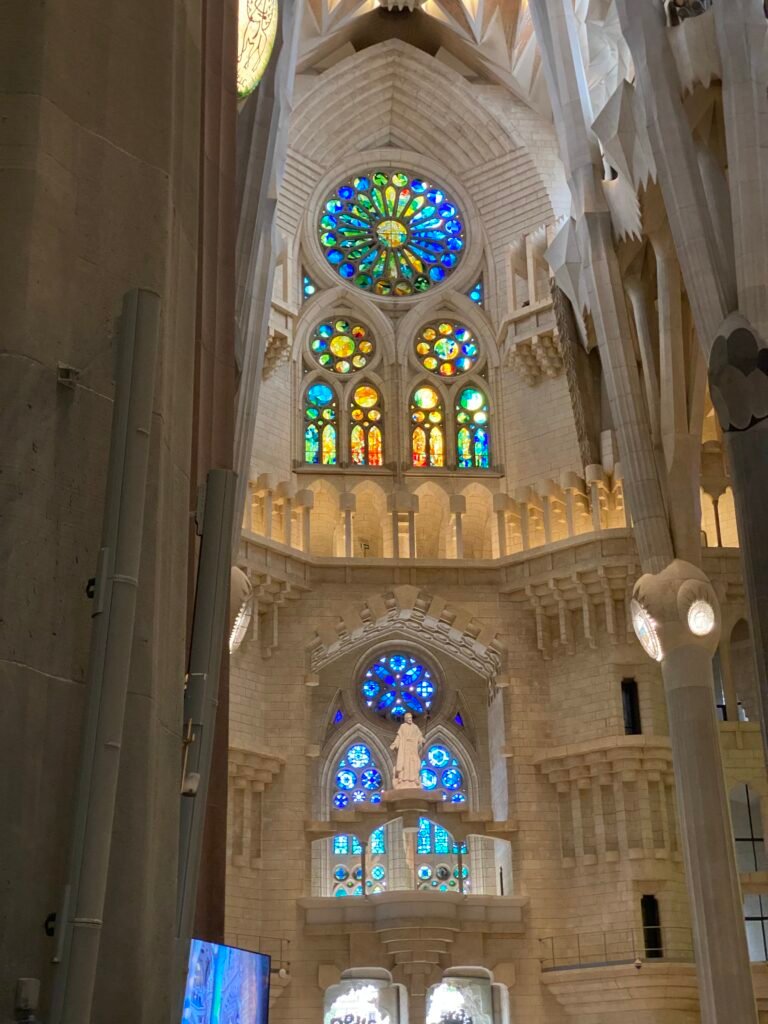
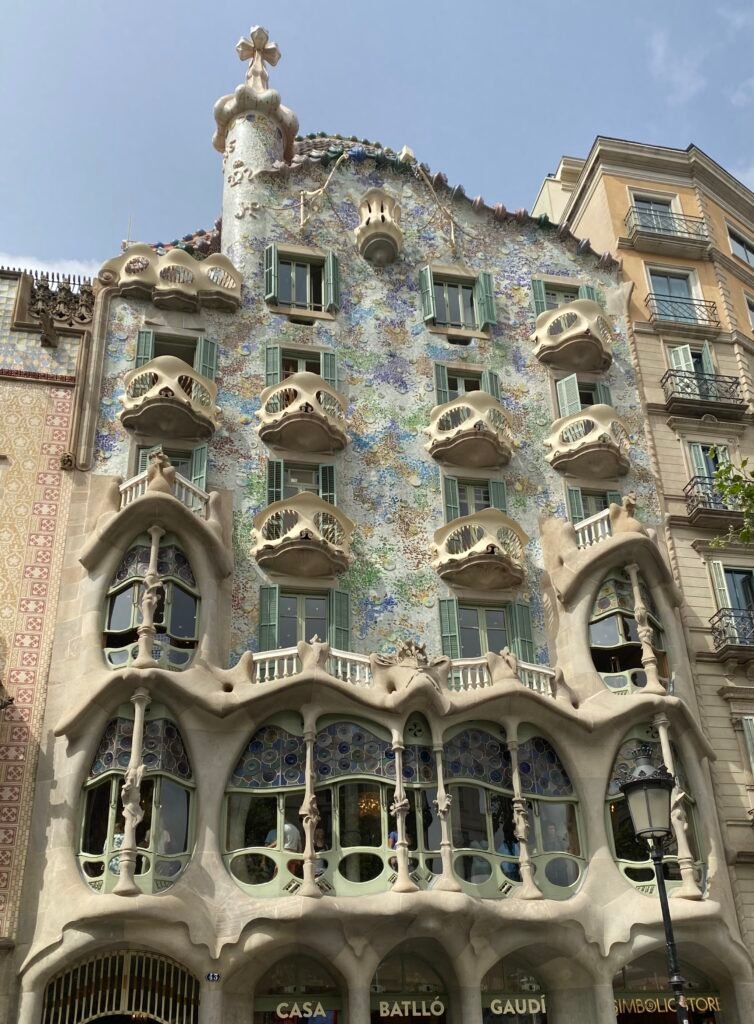
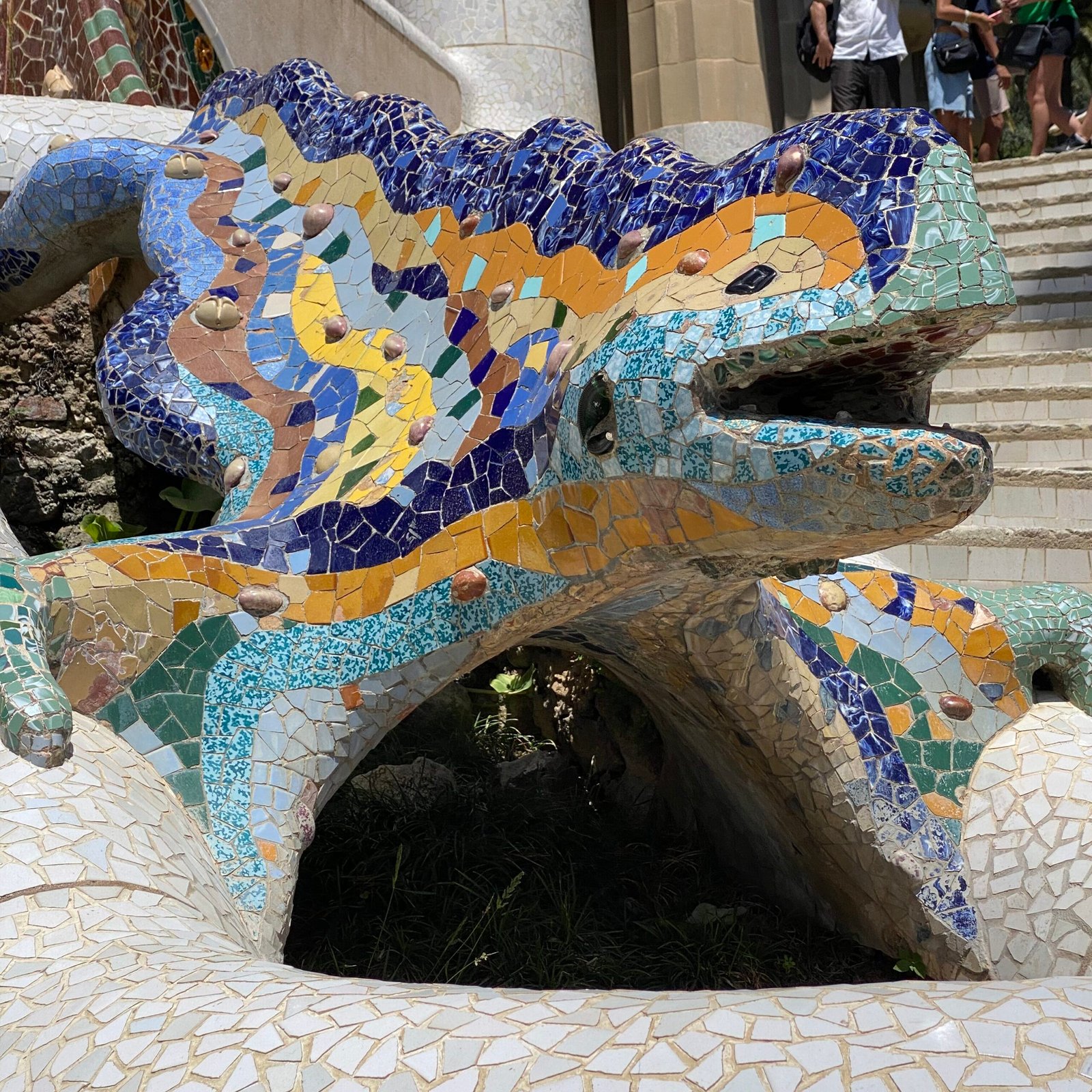
Thanks for joining me on my journey!
For a full gallery of my time in Barcelona, check out my Barcelona pinterest board.
After Barcelona, I headed to Haro for the Battle of Wine with Stoke Travel!
